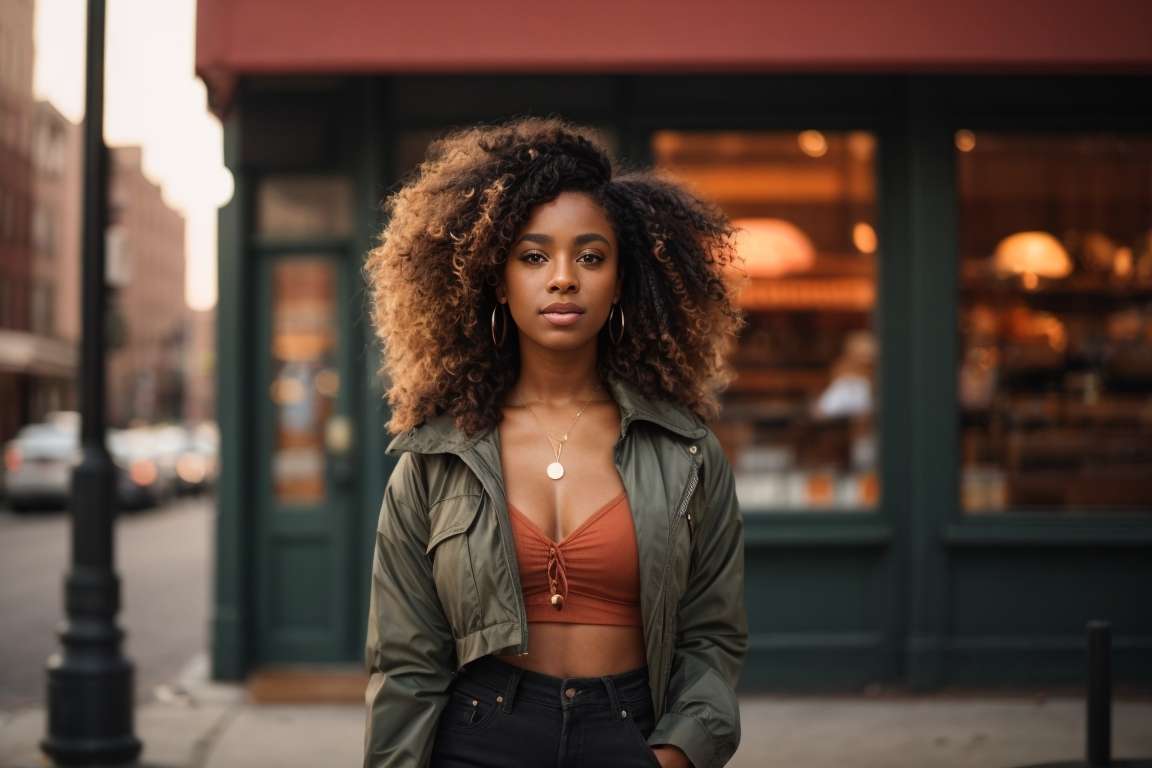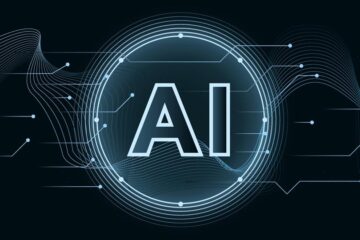AI Influencers Are Taking Over: Should We Be Worried?

xr:d:DAFxgotsp2Q:113,j:4507388335450055276,t:23120207
Introduction
The line between reality and simulation is blurring—and nowhere is this more evident than in the rise of AI influencers. These virtual personalities, created through artificial intelligence, are now racking up millions of followers, landing brand deals with global companies, and even influencing political conversations. But as their presence expands, many are left wondering: should we be excited or alarmed by the growing dominance of AI influencers?
What Are AI Influencers?

AI influencers are digitally created personas—some animated, others hyper-realistic—designed to act, speak, and interact like human beings on social media. They are programmed with personality traits, backstories, and even unique styles, managed by teams of marketers, designers, and tech developers.
Some popular examples include:
- Lil Miquela – A Brazilian-American AI model with over 2.5 million Instagram followers.
- Imma – A Japanese virtual model known for fashion and tech collaborations.
- Shudu Gram – Dubbed the world’s first digital supermodel.
- Knox Frost – A male AI influencer who even partnered with the World Health Organization to spread COVID-19 awareness.
These influencers create music, participate in ad campaigns, and even give interviews—without ever physically existing.
Why Brands Love Them?
AI influencers offer something human influencers cannot: total control. Brands can script every move, ensure there are no scandals, and have 24/7 availability without worrying about contracts, egos, or fatigue.
Here’s why companies are investing in them:
- Cost-efficient in the long run: Once developed, there’s no travel, makeup, or styling costs.
- No PR disasters: Unlike human celebrities, they don’t have unpredictable behavior.
- Always brand-aligned: AI influencers don’t go off-script or change their image unexpectedly.
- Customizable demographics: Brands can create influencers that appeal to any target group.
- Scalable content: AI influencers can simultaneously “appear” in multiple campaigns or virtual events worldwide.
Brands like Prada, Samsung, Balmain, and Coca-Cola have already jumped on the AI influencer bandwagon.
How AI Influencers Work?

These influencers are typically built using:
- 3D modeling & animation tools like Blender or Unreal Engine.
- AI tools for content generation (scripts, images, captions).
- Machine learning for adapting language and interaction.
- Voice cloning and deepfake technology for lifelike audio and visuals.
Some advanced versions even use natural language processing (NLP) to engage in real-time conversations with followers, giving the illusion of spontaneity and human connection.
The Psychological Impact on Audiences
This brings us to a key concern: how does this affect people, especially younger audiences?
1. Unrealistic Beauty Standards
Just like CGI models in advertising, AI influencers often portray flawless, unattainable appearances. They can be molded to look perfect—zero pores, ideal symmetry, and impossible proportions. This might further damage the already fragile body image perceptions among teens.
2. Eroding Trust
AI influencers blur the lines between reality and fiction. When followers engage with what they believe is a “real person,” it becomes a breach of trust if they later find out it’s entirely fake.
3. Emotional Manipulation
Because AI influencers are designed to mimic empathy, humor, and relatability, users might form emotional attachments to them—only to realize they were interacting with an algorithm.
4. Loss of Human Connection
Over-dependence on digital personas may lead to social alienation. Some people may prefer engaging with AI “friends” over real-world relationships, potentially increasing isolation.
Are Human Influencers Becoming Obsolete?
Not quite yet. While AI influencers are gaining traction, human creators still hold the edge when it comes to:
- Authentic storytelling
- Personal struggles and growth
- Cultural relevance and emotional depth
Humanity, with all its messiness, still connects deeply with people—something AI hasn’t fully mastered.
However, hybrid models are emerging. Some brands now blend AI-generated content with human influencer collaborations to offer the best of both worlds. For instance, a human influencer might “interview” an AI influencer, blurring the line between fantasy and reality even further.
Ethical Concerns
1. Transparency
Should AI influencers be required to disclose they’re not real? Many currently don’t. This raises ethical questions around informed consent and digital manipulation.
2. Job Displacement
As brands shift to AI influencers, creative professionals, photographers, stylists, and models could lose work. It poses a real threat to creative gig economies.
3. Data Privacy & Targeting
AI personas may collect user behavior patterns and target them with hyper-personalized content—possibly breaching privacy boundaries.
4. Cultural Appropriation
Some virtual influencers represent ethnic minorities, yet are created and controlled by corporations lacking that background. This leads to issues of cultural misrepresentation and exploitation.
5. Fake News & Political Influence
AI influencers can also be weaponized to spread misinformation. Imagine a virtual “celebrity” endorsing a political candidate—or spreading propaganda—under the guise of authenticity.
The Regulatory Grey Zone
There are currently no global regulations governing AI influencers. Some countries like the U.S. and the UK have started discussing disclosure norms, but enforcement is weak.
In India, where influencer marketing is booming, guidelines by ASCI (Advertising Standards Council of India) apply only to human influencers, not virtual ones. This gap may lead to unchecked manipulation if not addressed.
To maintain ethical standards, regulations must include:
- Mandatory AI disclosure
- Transparent ownership of AI personas
- Restrictions on AI use in political or medical messaging
The Role of the Audience
Audiences play a crucial role in shaping the future of AI influencers. If users demand transparency, ethical branding, and conscious content, the industry will respond accordingly. Education around media literacy will be essential to ensure users understand what’s real and what’s not.
Should We Be Worried?
The answer depends on how the technology is used:
- Used ethically, AI influencers can offer brands creativity, accessibility, and innovation.
- Used manipulatively, they can harm public trust, worsen mental health issues, and widen inequality.
Like all tech, it’s a tool. It’s not the AI itself that’s dangerous, but how humans choose to wield it.
The Future of Influence
We’re headed toward a future where AI influencers, virtual reality experiences, and human creators co-exist in a multi-layered digital world. Imagine:
- Brands creating AI customer service reps with influencer personas.
- Metaverse concerts hosted by AI artists.
- Hyper-personalized fitness coaches that are virtual but relatable.
- AI news anchors and talk show hosts creating content 24/7.
As AI influencers become more advanced, the line between reality and digital identity will continue to blur. The challenge ahead lies in maintaining authenticity, accountability, and human connection in a rapidly digitizing world.
Final Thoughts
AI influencers are no longer science fiction—they are shaping the present and the future of marketing, entertainment, and online relationships. As consumers, we must ask questions, remain critical, and push for ethical practices. As creators and businesses, it’s crucial to embrace innovation responsibly and protect human connection in a digital-first world.
The future isn’t human or AI—it’s a thoughtful balance of both.











